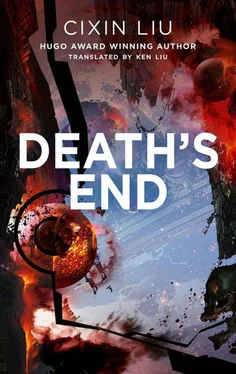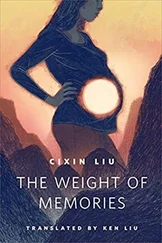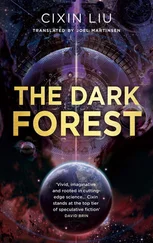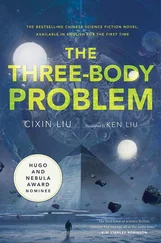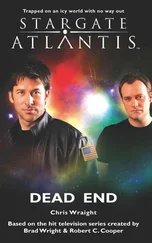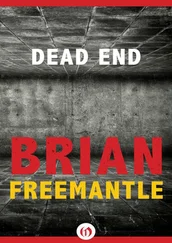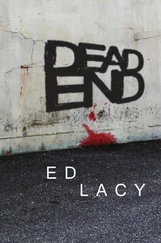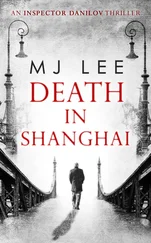This incident terrified both worlds. People began to realize the great danger posed by gravitational wave transmitters. Simultaneously, Trisolaris pressured Earth until gravitational wave transmission technology was strictly controlled, and the twenty-three broadcasting stations were cut down to four. Three of the stations were terrestrial, located in Asia, North America, and Europe, and the last one was the spaceship Gravity .
All the transmitters relied on an active trigger, because the dead hand trigger technique used in the circumsolar nuclear bomb system was no longer necessary. Luo Ji had established deterrence by himself, but now, if the Swordholder were killed, others would be able to take over.
Initially, the gigantic gravitational wave antennas had to be built on the surface. As technology advanced, in Year 12 of the Deterrence Era, the three terrestrial antennas and their support systems moved deep underground. Everyone understood, however, that burying the transmitters and the control center beneath the Earth’s surface primarily guarded against a threat originating from humankind itself, but was meaningless against an attack by Trisolaris. For droplets constructed from strong-interaction material, tens of kilometers of rock were not much different from mere liquid, barely able to impede their progress.
After Earth established deterrence, the Trisolar invasion fleet veered away, as verified through observation. With that threat diminished, most people turned their focus to the whereabouts of the ten droplets that had already reached the Solar System. Trisolaris insisted that four of the droplets remain in the Solar System, justifying the decision by arguing that the gravitational wave transmitters could be seized by extremist factions within humankind, and Trisolaris should have the power to take steps to protect both worlds in the event of such an occurrence. Reluctantly, the Earth agreed, but required the four droplets to stay beyond the Kuiper Belt. Moreover, each droplet had to be accompanied by a human probe, so that the droplets’ locations and orbits were known at all times. Thus, in the event of a droplet attack, the Earth would have about fifty hours of advance warning. Of these four droplets, two eventually followed Gravity to hunt Blue Space, and only two remained in the vicinity of the Kuiper Belt.
No one knew where the other six droplets had gone.
Trisolaris claimed that the six droplets had left the Solar System to rejoin the Trisolaran Fleet, but no one on Earth believed this.
Trisolarans were no longer creatures of transparent thought. During the past two centuries, they had learned a great deal about strategic thinking—lies, ruses, and tricks. This was perhaps the greatest benefit they gained from studying human culture.
Most people were convinced that the six droplets were hidden somewhere in the Solar System. But because the droplets were tiny, fast, and invisible to radar, they were extremely difficult to locate and track. Even by spreading oil films or using other advanced detection techniques, humans could only reliably detect droplets if they approached within 1/10 AU of the Earth, or fifteen million kilometers. Outside this sphere, the droplets were free to roam undetected.
At maximum speed, a droplet could cross fifteen million kilometers in ten minutes.
This was all the time the Swordholder would have to make a decision if dark forest deterrence broke down.
Deterrence Era, Year 62 November 28, 4:00 P.M. to 4:17 P.M.: Deterrence Center
With a deep rumble, the meter-thick heavy steel door opened and Cheng Xin and the others walked into the heart of the dark forest deterrence system.
More emptiness and openness greeted Cheng Xin. This was a semicircular hall, with the curved wall facing her. The surface was translucent, resembling ice. The floor and ceiling were pure white. Cheng Xin’s first thought was that she stood in front of an empty, iris-less eye, exuding a desolate sense of loss.
Then she saw Luo Ji.
Luo Ji sat cross-legged on the ground in the middle of the white hall, facing the curved wall. His long hair and beard, combed neatly, were also white, almost merging with the white wall. The whiteness everywhere contrasted strongly with his black Zhongshan suit. [5] Translator’s Note: This style of Chinese tunic suit is usually known in the West as the “Mao suit.” I’ve chosen to use a literal translation of the Chinese term to avoid unintended connotations. Sun Zhongshan (or Sun Yat-Sen) was the founder of the Republic of China, the predecessor state to the People’s Republic of China on the mainland.
Sitting there, he appeared as a stable upside-down T, a lonely anchor on a beach, immobile under the winds of time howling overhead and before the roaring waves of the ages, steadfastly waiting for a departed ship that would never return. In his right hand, he held a red ribbon, the hilt of his sword: the switch for the gravitational wave broadcast. His presence gave the empty eye of this room an iris. Though he was but a black dot, the desolate sense of loss was relieved, giving the eye a soul. Luo Ji sat facing the wall so that his own eyes were invisible, and he did not react to his visitors.
It was said that Master Batuo, the founder of Shaolin Monastery, had meditated in front of a wall for ten years until his shadow was carved into the stone. If so, Luo Ji could have inscribed his own shadow into this wall five times.
The PDC chair stopped Cheng Xin and the fleet chief of staff. “Still ten minutes until the handover,” he whispered.
In the last ten minutes of his fifty-four-year career as the Swordholder, Luo Ji remained steadfast.
At the beginning of the Deterrence Era, Luo Ji had enjoyed a brief period of happiness. He had been reunited with his wife, Zhuang Yan, and daughter, Xia Xia, and relived the joy of two centuries ago. But within two years, Zhuang Yan took the child and left Luo Ji. There were many stories told about her reasons. A popular version went like this: While Luo Ji remained a savior in the eyes of the public, his image had already transformed in the minds of those he loved the most. Gradually, Zhuang Yan had come to realize that she was living with a man who had already annihilated one world and held the fate of two more in his hand. He was a strange monster who terrified her, and so she left with their child. Another popular story said that Luo Ji left them, instead, so that they could live a normal life. No one knew where Zhuang Yan and their child had gone—they were probably still alive, living tranquil, ordinary lives somewhere.
His family had left him at the time when gravitational wave transmitters took over the task of deterrence from the circumsolar ring of nuclear bombs. Thereafter, Luo Ji embarked on his long career as the Swordholder.
In this cosmic arena, Luo Ji faced not the fancy moves of Chinese sword fighting, resembling dance more than war; nor the flourishes of Western sword fighting, designed to show off the wielder’s skill; but the fatal blows of Japanese kenjutsu . Real Japanese sword fights often ended after a very brief struggle lasting no more than half a second to two seconds. By the time the swords had clashed but once, one side had already fallen in a pool of blood. But before this moment, the opponents stared at each other like statues, sometimes for as long as ten minutes. During this contest, the swordsman’s weapon wasn’t held by the hands, but by his heart. The heart-sword, transformed through the eyes into the gaze, stabbed into the depths of the enemy’s soul. The real winner was determined during this process: In the silence suspended between the two swordsmen, the blades of their spirits parried and stabbed as soundless claps of thunder. Before a single blow was struck, victory, defeat, life, and death had already been decided.
Читать дальше
